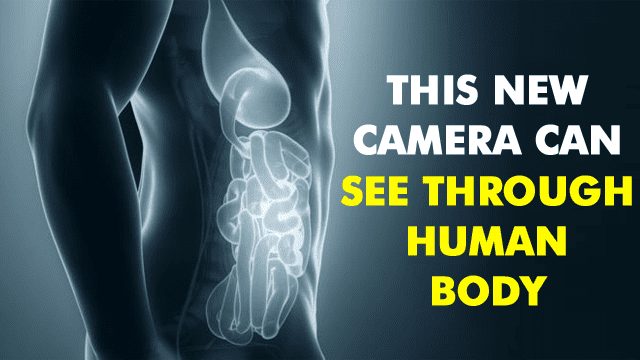Until now, it was not possible to detect the exact position of such instruments unless X-rays and other similarly expensive methods were used. This new camera that is being developed, however, will allow economizing the whole process knowing the exact point in which the instrument is. Endoscopes are invasive devices that doctors inject into our body. They have a camera at the end with which they can see our interior and detect problems that would not be seen from outside, but the big problem they have is that it is very complicated to know the exact point in which they are. Yes, you can see the inside of a patient with this camera, but they do not have any GPS that tells you where that infection is that you may have discovered. And that’s where this new camera comes in, that detecting light bulbs can detect where the endoscope is. In addition, as it also calculates the time it has taken light to cross our body to the camera, it avoids confusions in the positioning due to that “lag”. The project is part of the Proteus Interdisciplinary Research Collaboration group, which has long been working on new technologies to more effectively diagnose and treat lung diseases. The research of this particular chamber, within the framework of this group, has been carried out by the University of Edinburgh and the Heriot-Watt University. The prototype they have been using so far can track light through up to 20 centimeters of body tissue. This allows you to see in real time the exact location of the endoscope and any other light tool. In addition, it has been designed so that it can be used while the patient is in bed to create as little discomfort as possible. To “see” through our body and to detect these light sources, this new camera detects some concrete particles, the photons. In fact, in order to determine the exact spot where the endoscope is, the camera also calculates the time it takes light to pass through the body. “My favorite element of this work was to be able to work with physicians to understand the practical challenges in the field of health, and then adapt advanced technologies and principles that would not normally come from a physics laboratory to solve their real problems,” said Dr. Michael Tanner of Heriot-Watt University and he also “I hope we can continue with this interdisciplinary approach to make a real difference in healthcare technology.” “It has immense potential for various applications, as described in this paper,” Professor Kev Dhaliwal of the University of Edinburgh said. “The ability to see the location of a device is crucial for many applications in healthcare as we move forward with minimally invasive approaches to treating the disease.” Therefore, the scientists responsible for this camera are already thinking about what other applications may have the power to see through our body to see luminous points. In addition, they are also convinced that they can continue to create solutions to the problems faced by the health sector. So, what do you think about this new camera? Simply share your views and thoughts in the comment section below.
Δ



